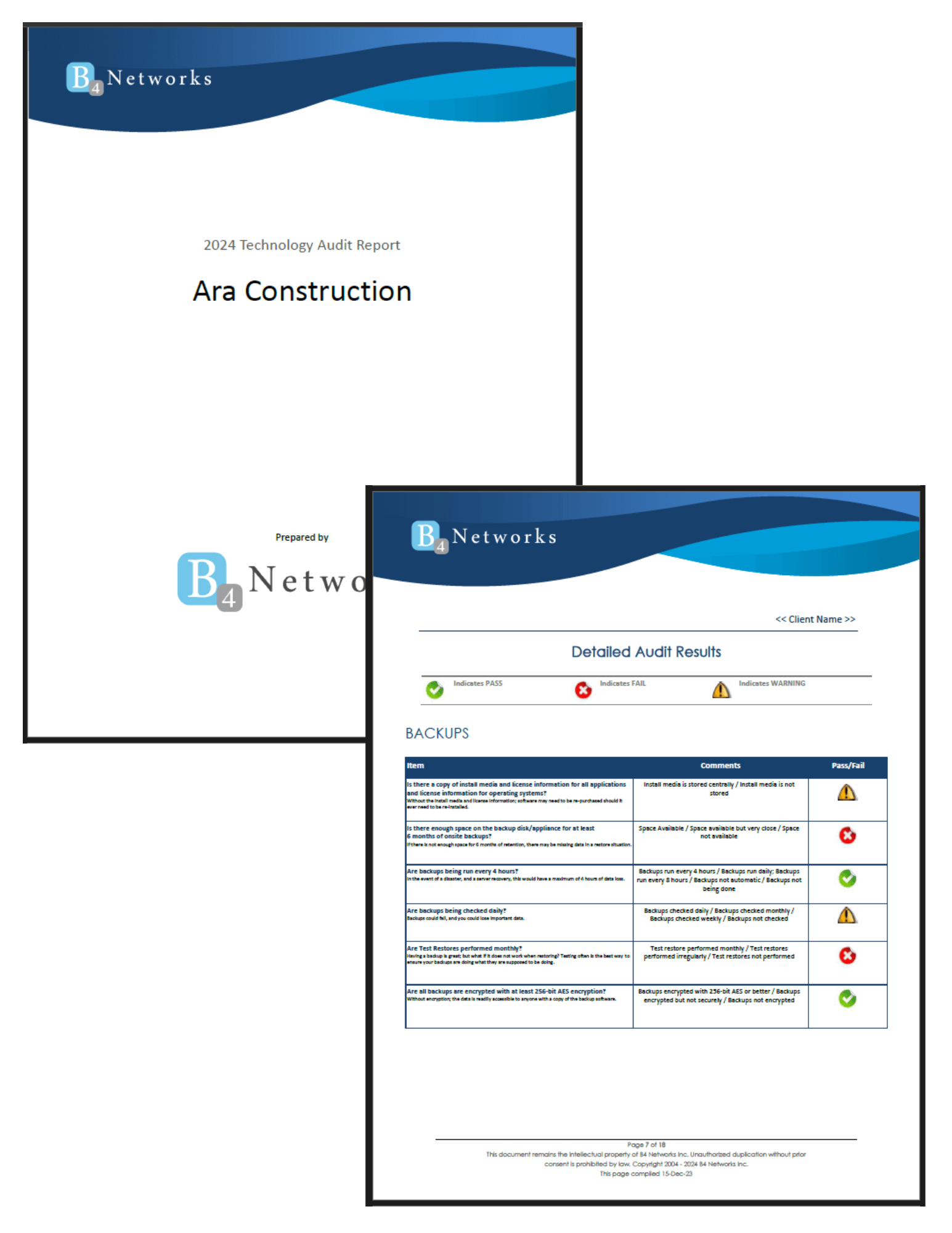Authored by: Bryan Lachapelle, President & CEO
 It used to be easier to spot a phishing email. They were riddled with spelling mistakes, looked like bad photocopies of real communication, and opened with awkward greetings like “Dear Customer.” They came with outlandish claims, like lottery wins, a prince in need, or offers too good to be true. Most growers could laugh them off and hit delete.
It used to be easier to spot a phishing email. They were riddled with spelling mistakes, looked like bad photocopies of real communication, and opened with awkward greetings like “Dear Customer.” They came with outlandish claims, like lottery wins, a prince in need, or offers too good to be true. Most growers could laugh them off and hit delete.
But things have changed.
Today’s phishing attacks are no longer sloppy or silly. They have become psychological warfare, crafted to stir fear, urgency, or even shame. And when greenhouse operations rely on systems that run day and night - systems that manage temperature, humidity, CO₂, lighting, and more - that fear becomes more than emotional. It becomes operational.
Why Phishing Has Evolved
There are a few reasons these attacks have become harder to detect:
Fear Sells. Cybercriminals know that fear cuts through the noise. When a message threatens shutdowns, audits, or missed payments, it triggers an emotional response before logic can catch up.
We’re Overstimulated. With inboxes full of alerts, notifications, and updates, a message that sounds urgent or personal can slip through before a second thought is given.
AI Can Personalize the Attack. With artificial intelligence, phishing campaigns can now be tailored. Attackers can mimic vendors, staff, or even greenhouse system alerts, making a fraudulent message feel familiar and trusted.
What Phishing Looks Like Today
Phishing doesn’t always scream scam. Sometimes, it whispers.
Modern phishing emails might include:
-
A fake invoice from a known supplier.
-
A policy update from what looks like a government agency.
-
A message that calmly reassures, saying, “Everything is fine, we just need to verify your login.”
And that’s the danger. The safest-looking messages can now cause the most harm.
Why This Matters in a Greenhouse
A successful phishing attack isn’t just about losing a password. For greenhouse operators in Niagara, the stakes are higher:
-
Climate control systems could be shut down remotely.
-
Sensitive compliance data could be locked or stolen.
-
Downtime could jeopardize entire crops, especially during peak growing windows.
The truth is, even the most advanced automation tools can be brought to a halt by one clicked link.
What Can Be Done
Here’s the good news. Staying ahead is possible. It starts with awareness, and it continues with the right support.
Modern greenhouse operations don’t just need IT support. They need partners who understand what’s at stake when systems fail at 3 a.m. They need fixed-cost, agriculture-aware cybersecurity protection. And they need phishing training that’s tailored to real-world, real-stress scenarios.
What to Watch For in the Months Ahead
As users become more savvy about scare tactics, attackers are expected to shift again, toward calmer and more professional phishing. The next wave may not trigger fear. It may try to build trust instead. That makes emotional intelligence, not just antivirus software, a frontline defense.
In a world where one email can put an entire growing season at risk, calm confidence comes from knowing the systems are protected and the team is prepared.
If peace of mind is the goal, clarity and consistency are the tools.
B4 Networks offers cybersecurity services designed for greenhouse environments, where even a moment of downtime can cost more than just data.
Want to learn how to strengthen your team against emotional cyber attacks? Let’s talk. Because protecting what grows isn’t just about sun and water. It’s about security, too.



